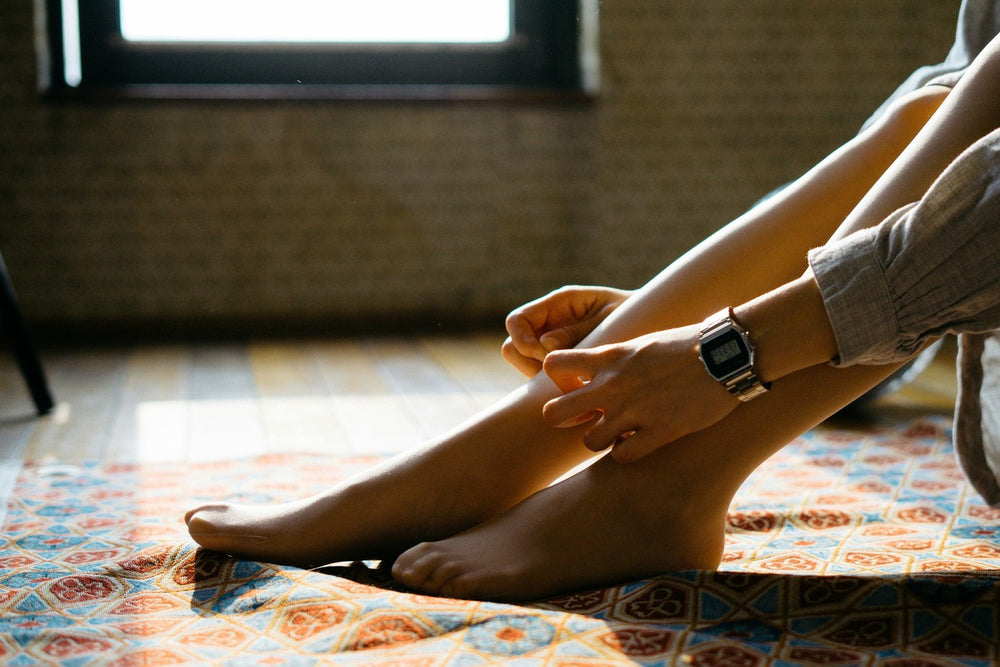10 Signs You May Have Morton’s Neuroma


Posted by:
Johannes Sauer
Reviewed by:
Updated at: June 25, 2025
CHECK OUT THE LATEST IN ADAPTIVE FOOTWEAR...
FAQ
Can Morton's neuroma go away on its own?
Can I still exercise with Morton's neuroma?
Does Morton's neuroma affect both feet?
What happens if Morton's neuroma is left untreated?


![[color: black] Original Men's Adaptive Shoe](http://cadense.com/cdn/shop/files/CadenseOriginalMensBlack-001.jpg?crop=center&height=300&v=1762442092&width=300)
![[color: white] Original Women's Adaptive Shoe](http://cadense.com/cdn/shop/files/CadenseOriginalWomensWhite-001.jpg?crop=center&height=300&v=1762442094&width=300)





